Bloom Report: Spring wildflowers — small is beautiful
Many of Florida’s spring native wildflowers have large, showy flowers. But some small common ones may be underappreciated. However, they are quite beautiful when viewed close up.
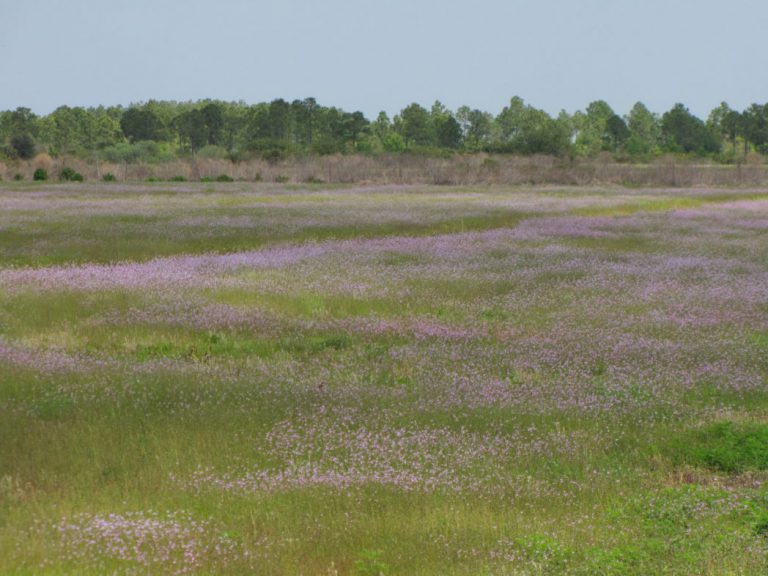
Many of Florida’s spring native wildflowers have large, showy flowers. But some small common ones may be underappreciated. However, they are quite beautiful when viewed close up.
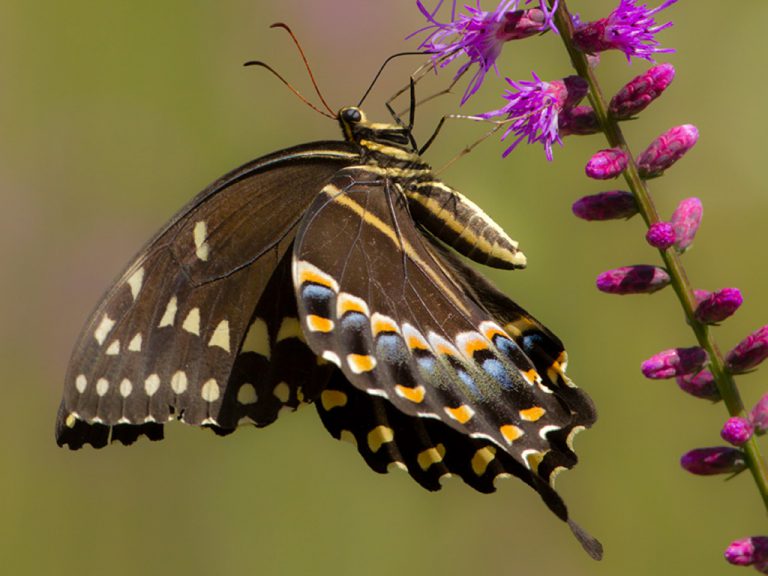
The Florida Wildflower Foundation has received a $17,000 grant from Stanley Smith Horticultural Trust for its project, “20 Easy Wildflowers to Grow Now!” It includes a publication, continuing education courses for horticultural professionals, and live social media events.
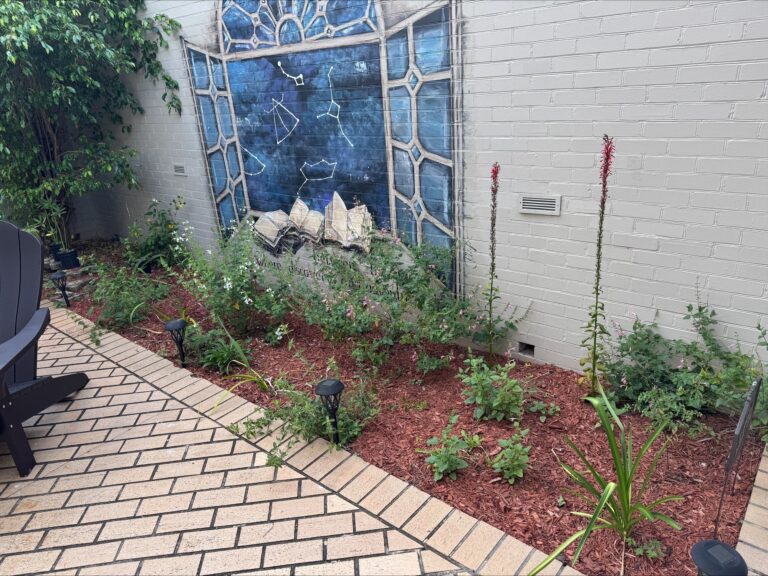
The Hernando County Public Library in Brooksville was selected to pilot the Seeds of Knowledge Library Demonstration Garden Grant in spring 2025
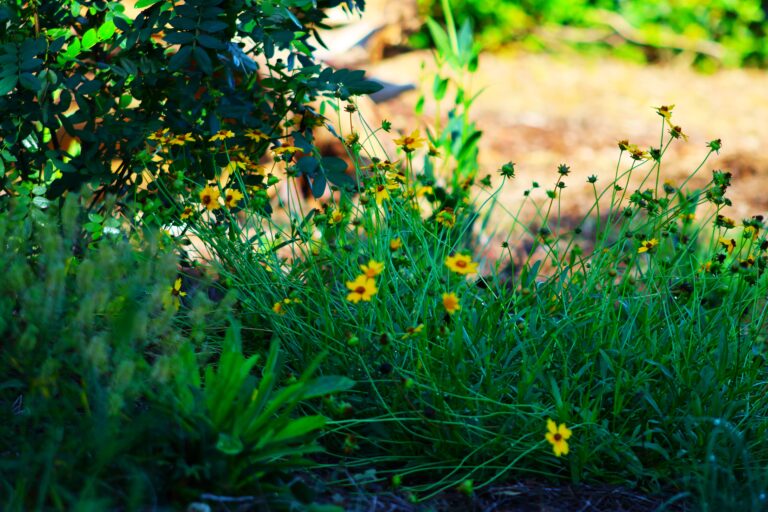
Welcome to our Greenbriar Park Native Wildflower Demonstration Meadow made possible through the Florida Wildflower Foundation Viva Florida grant with cooperation from the Village of Wellington.
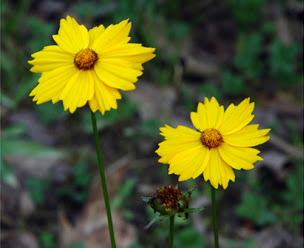
Coreopsis bakeri has gone undetected for years because of its resemblance to our common Lanceleaf tickseed ( Coreopsis lanceolata). It is has been isolated long enough to have become a distinct species.

Many Floridians become familiar with carpenter bees by accident. They may notice a hole that appears to have been drilled into unpainted wood around their homes with a sawdust pile beneath it.
Protecting Roadsides

Imagine yourself as a native Indian or early explorer 500 hundred years ago trying to survive in Florida. There is quite a compendium of knowledge about early uses of native trees and shrubs, but what about wildflowers?
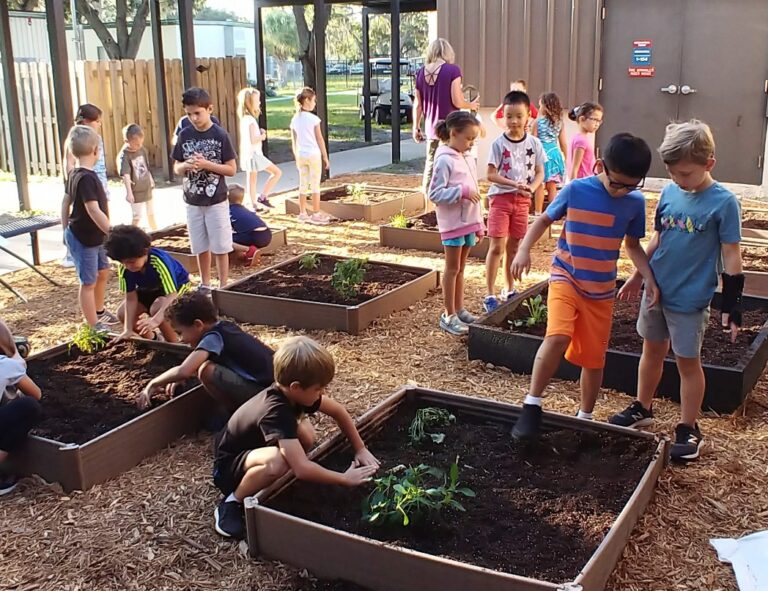
The Florida Wildflower Foundation is in its sixth year of the Seedlings for Schools program, giving out wildflower plants and adaptive curriculum to schools around the state.
Education Our publications, events and projects give people the tools and knowledge they need to build and enjoy urban and roadside native wildflower corridors. Publications Download or view handouts and brochures that will guide you in building your habitat. Click here to order copies for an event or meeting. Upcoming Events Past Webinars View all…

Pandorus sphinx moths display a camouflaged pattern of green and brown blocks to blend in with the world around them. They are part of the sphinx family (Sphingidae), a group known for large moth species.
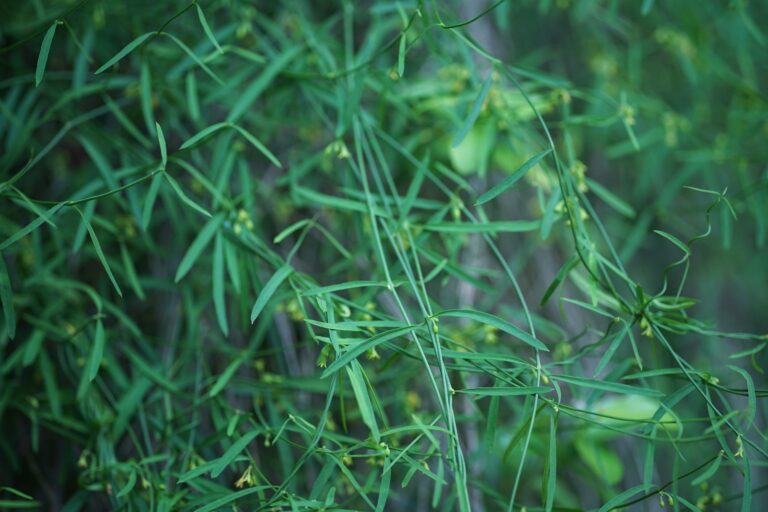
Leafless swallowwort is a strange little flowering vine that occurs along the edges of upland to coastal hammocks and floodplain to pineland forests. It is the sole larval host for the Giant milkweed bug (Sephina gundlachi).